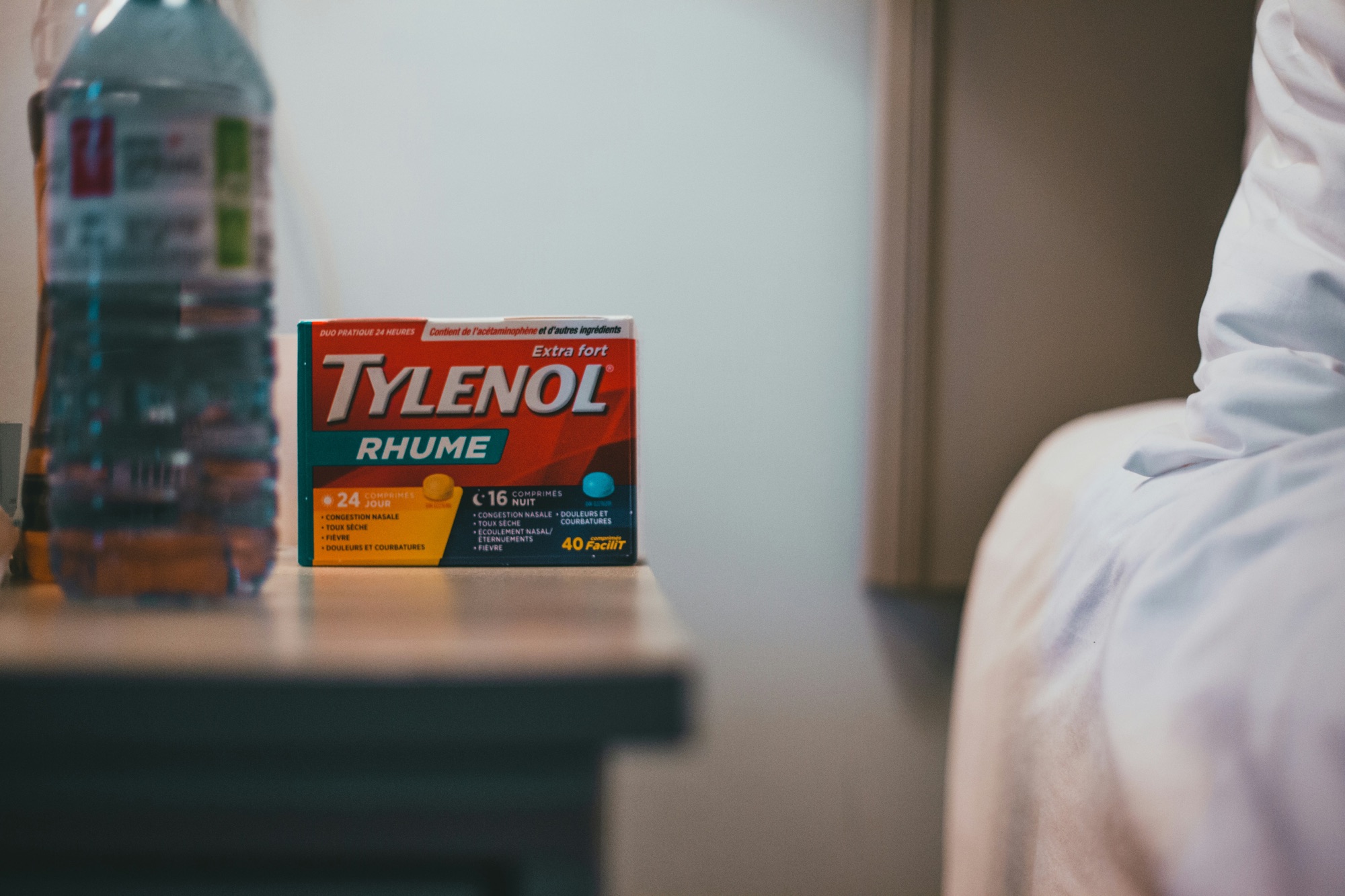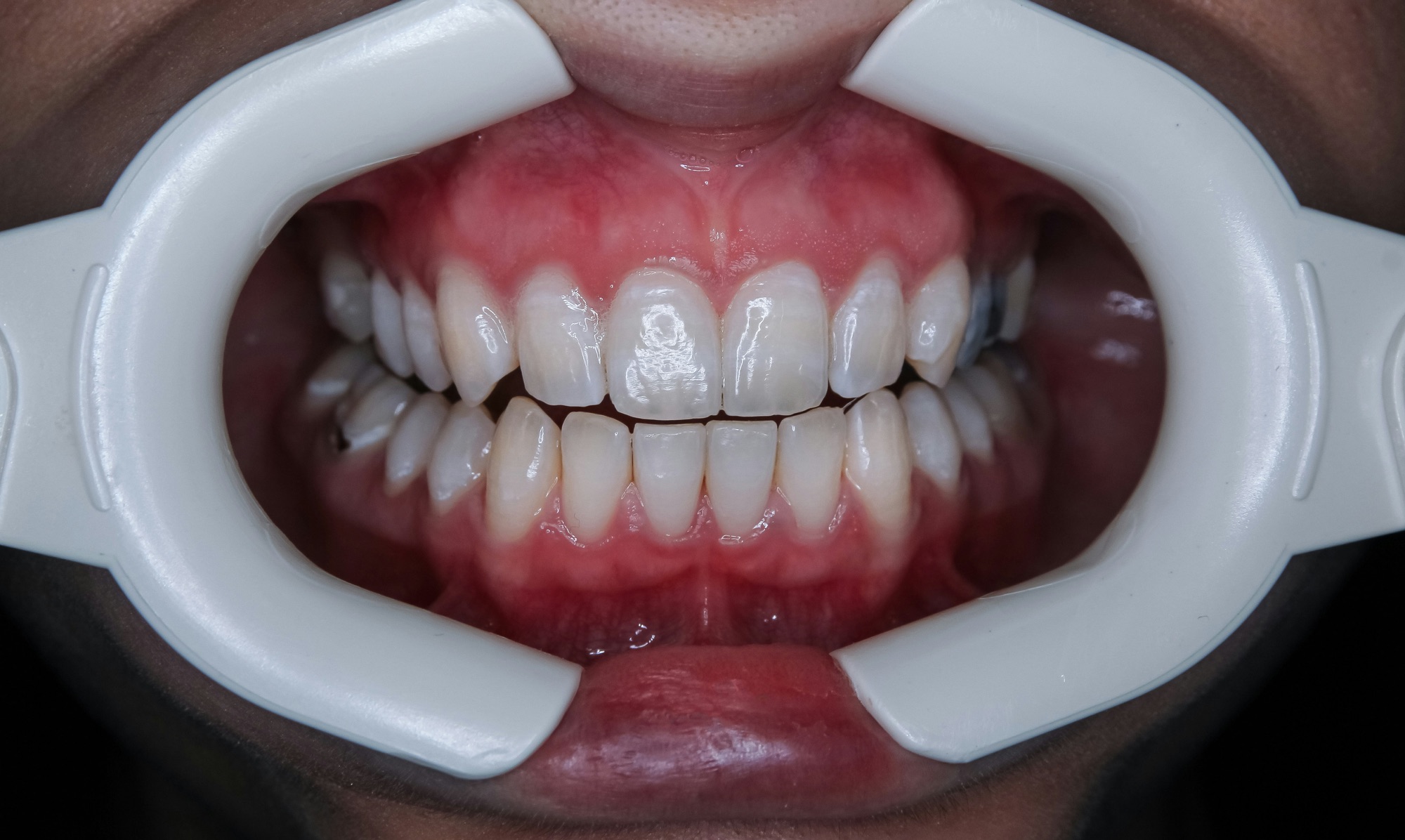Itching, also known as pruritus, is a common sensation that can arise from a variety of causes, both external and internal. From a physiological perspective, itching occurs when certain nerve fibers in the skin are stimulated by irritants or inflammation. The sensation of itch is not merely a minor annoyance; it can significantly impact an individual’s quality of life, especially when chronic. Itching can disrupt sleep, affect mood, and even lead to secondary infections due to scratching. Understanding the complex mechanisms behind itching is crucial for developing effective treatments.
Physiological Causes
The skin contains specialized nerve fibers called C-fibers and A-delta fibers, which play a crucial role in the sensation of itching. These fibers can become activated by various triggers such as histamine, cytokines, and other chemicals released during inflammation. The activation of these nerve fibers sends signals to the brain, resulting in the uncomfortable sensation of itching.
Histamine-Induced Itching
Histamine is one of the most well-known mediators of itching. It is released by mast cells and basophils in response to allergens or irritants. When histamine binds to its receptors on nerve endings, it triggers an itch signal. This is why antihistamines are commonly used to relieve itching associated with allergic reactions. However, histamine is not the only player in the game; other mediators can also provoke itch, making treatment sometimes challenging.
Skin Conditions and Itching
Itching can also be triggered by skin conditions such as eczema, psoriasis, or allergic reactions, where inflammation of the skin leads to the activation of these nerve fibers and the sensation of itching. For instance, in eczema, the skin barrier is often compromised, allowing irritants and allergens to penetrate more easily and trigger immune responses that result in itching. A practical approach to managing eczema-related itch involves regular use of emollients to restore the skin barrier and topical corticosteroids to reduce inflammation.
Other Physiological Triggers
Apart from allergens and skin conditions, other physiological factors can cause itching. For instance, dry skin, often seen in colder climates or with aging, can lead to itching. Moisturizing regularly with an emollient can help mitigate this type of itching by maintaining the skin’s barrier function. Additionally, systemic conditions like liver disease, kidney failure, or thyroid disorders can also manifest as itching, necessitating a thorough medical evaluation to identify and treat the underlying cause.
Neurological Mechanisms
Itching is regulated by a complex network of neural pathways in the spinal cord and brain. Itch-specific neurons, known as pruriceptors, transmit signals from the skin to the spinal cord, where they connect with other neurons in the dorsal horn. These signals are then transmitted to the brainstem and higher brain regions, where the sensation of itching is processed and perceived.
Itch-Specific Neural Pathways
Research has revealed that the neural pathways for itch are distinct from those for pain. Although both sensations can be triggered by similar stimuli and share some neural circuits, they are ultimately processed differently in the brain. This distinction is critical for developing targeted therapies; for example, treatments that might alleviate pain could potentially exacerbate itch, and vice versa. Interestingly, certain chronic pain conditions can lead to the phenomenon known as “itch-pain,” where the boundaries between these sensations become blurred, further complicating treatment strategies.
Role of Neurotransmitters
The process of itching involves a combination of sensory input, transmission along neural pathways, and interpretation by the brain, highlighting the intricate nature of this sensory experience. Research has shown that certain neurotransmitters, such as histamine, serotonin, and glutamate, play a key role in modulating the sensation of itching. These neurotransmitters can either enhance or suppress the itch response through their interactions with specific receptors in the nervous system. Understanding the role of neurotransmitters in itching can provide insights into potential therapeutic targets for managing itch-related conditions. For instance, medications that modulate serotonin levels are being explored for their potential to alleviate chronic itch.
Psychological and Emotional Factors
While the physiological and neurological mechanisms of itching are well-documented, psychological and emotional factors can also influence the perception of itch. Stress and anxiety, for instance, have been shown to exacerbate itch in individuals with chronic conditions. This connection is likely due to the interaction between the nervous system and the body’s stress response.
Stress-Induced Itching
Chronic stress can lead to an increase in cortisol levels, which may affect the skin’s barrier function and exacerbate conditions like eczema or psoriasis, leading to more intense itching. Stress management techniques, such as mindfulness meditation or cognitive-behavioral therapy, can be beneficial adjuncts in managing itch. Additionally, relaxation techniques, such as deep breathing exercises or progressive muscle relaxation, can help reduce the physiological response to stress, potentially decreasing itch severity.
Psychosomatic Itching
In some cases, itching can be psychosomatic, where the sensation is driven more by psychological factors than physical stimuli. This form of itching is often seen in individuals with high levels of stress or those with somatic symptom disorders. Treatment may involve a combination of psychotherapy and pharmacological interventions to address the underlying psychological triggers. Cognitive-behavioral therapy, in particular, has been shown to help patients alter their perception of itch and develop coping strategies.
Environmental and Lifestyle Factors
Beyond internal physiological and psychological triggers, environmental and lifestyle factors can significantly influence the occurrence and severity of itching. A comprehensive approach to managing itch should consider these external factors.
Climate and Seasonal Changes
Climate can play a significant role in the incidence of itching. Cold, dry weather can strip the skin of moisture, leading to dry skin and increased itchiness. Conversely, hot and humid conditions can exacerbate sweating and friction, potentially leading to heat rash or fungal infections, both of which can cause itching. Adapting skincare routines to the climate, such as using humidifiers in dry environments or wearing breathable clothing in hot weather, can help alleviate these issues.
Dietary Considerations
Diet can also influence skin health and susceptibility to itching. Certain foods, such as those high in histamines (e.g., aged cheeses, smoked meats, and fermented products), can exacerbate itching in sensitive individuals. Conversely, a diet rich in anti-inflammatory foods, such as omega-3 fatty acids found in fish, and antioxidants from fruits and vegetables, can support skin health and potentially reduce itching. Keeping a food diary may help identify dietary triggers and enable individuals to make informed dietary choices.
Personal Care Products
The choice of personal care products, such as soaps, shampoos, and detergents, can significantly impact skin health and itching. Products containing harsh chemicals, fragrances, or dyes can irritate the skin, leading to itching. Opting for hypoallergenic, fragrance-free products can help reduce the risk of irritation. It’s also important to patch test new products to ensure they do not provoke an allergic reaction.
Practical Tips for Managing Itch
Managing itch effectively often requires a multifaceted approach tailored to the individual’s specific triggers and underlying causes. Here are some practical tips for alleviating itching:
- Identify and Avoid Triggers: Keeping a diary of potential triggers, such as certain foods, fabrics, or environmental factors, can help in identifying and avoiding them. This proactive approach can prevent flare-ups and reduce the need for medication.
- Moisturize Regularly: Using a fragrance-free moisturizer can help maintain the skin’s barrier function and prevent dryness-induced itching. Look for products containing ceramides or hyaluronic acid for added moisture retention.
- Use Cool Compresses: Applying a cool, damp cloth to the affected area can provide immediate relief by numbing the itch receptors. This method is especially useful for acute flare-ups.
- Consider Antihistamines: For itching associated with allergies, over-the-counter antihistamines can be effective. However, it’s advisable to consult a healthcare provider for chronic or severe itching.
- Explore Topical Treatments: Creams containing menthol or camphor can provide a cooling sensation that temporarily relieves itching. Additionally, topical steroids may be prescribed for inflammatory conditions to reduce itch.
- Practice Good Hygiene: Regular bathing with mild soap can help remove potential irritants, but avoid hot water, which can dry out the skin. Pat the skin dry gently and apply moisturizer immediately after bathing to lock in moisture.
- Stress Management: Incorporating stress-reduction techniques, such as yoga or deep-breathing exercises, can help manage itch exacerbated by stress. Consistent practice of these techniques can lead to long-term improvements in stress-related itch.
- Wear Comfortable Clothing: Opt for loose-fitting, soft fabrics like cotton, as tight or rough clothing can irritate the skin and worsen itching.
Future Directions in Itch Research
The study of itch is an evolving field, with ongoing research aimed at uncovering new mechanisms and potential treatments. Advances in genomics and molecular biology have opened new avenues for understanding the genetic factors that may predispose individuals to chronic itch conditions.
Gene Therapy and Biologics
Recent developments in gene therapy and biologics hold promise for treating chronic itch conditions. By targeting specific pathways involved in the itch sensation, these therapies could provide more effective and longer-lasting relief for individuals who have not responded to conventional treatments. For example, biologics targeting interleukin-31, a cytokine known to play a role in itch, are currently under investigation.
Personalized Medicine
The future of itch management may lie in personalized medicine, where treatments are tailored based on an individual’s genetic makeup and specific triggers. This approach could lead to more targeted and effective interventions, minimizing side effects and improving patient outcomes. Genetic testing and biomarker identification may soon become standard practices in tailoring itch treatments.
Collaborative Approaches in Itch Management
The complexity of itch requires a collaborative approach involving dermatologists, neurologists, psychologists, and primary care physicians to address the multifaceted nature of this condition.
Multidisciplinary Teams
Multidisciplinary teams can provide comprehensive care by addressing the various aspects of itching, from medical to psychological and lifestyle factors. This approach ensures that patients receive a holistic treatment plan that addresses all potential contributors to their itch.
Patient Education and Empowerment
Educating patients about their condition and involving them in the management process can significantly enhance treatment outcomes. Empowered patients are more likely to adhere to treatment plans and make lifestyle changes that can reduce itching.
By continuing to explore and expand our understanding of the mechanisms behind itching, and by developing innovative treatment strategies, we can improve the quality of life for those affected by this often debilitating sensation. Whether through lifestyle modifications, pharmacological interventions, or emerging therapies, the goal remains to provide relief and restore comfort to those experiencing this challenging sensation.





